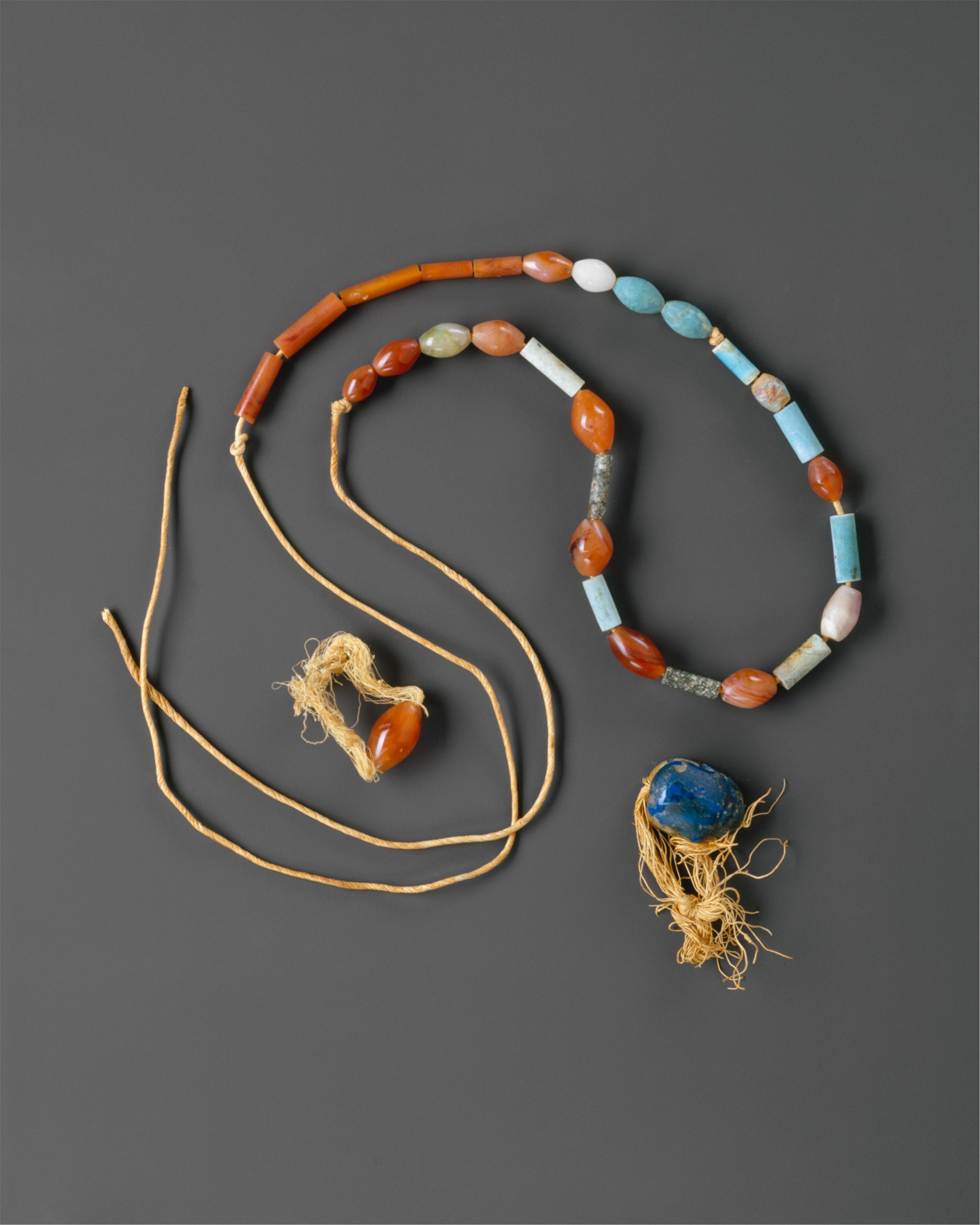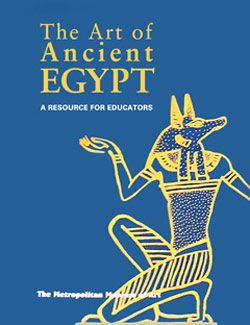Scarab of Wah
Middle Kingdom
Not on view
This scarab ring and three scarab bracelets (40.3.12-.14) were found in the wrappings over Wah's crossed wrists. In Wah's time, the scarab was a relatively new invention having been developed only about a century earlier, sometime in the middle of the First Intermediate Period (about. 2100-2030 B.C.). The amulet is shaped like a dung beetle, scarabaeus sacer, which is also the source of its modern name.
The dung beetle was "kheperer" in ancient Egyptian. Having watched the small creatures push huge balls of dung, the ancient Egyptians imagined the sun being pushed into the sky at dawn by a beetle, and they referred to the rising sun as "Kheperi." The word for "to become" or "come into being" was "kheper," and the beetle hieroglyph was used to spell all of these words. As such, the scarab became a powerful amulet for rejuvenation in this life and reincarnation in the next.
Some scarabs, like this one, are a simple oval shape with little or no decoration. Others, like Wah's two silver examples, are more elaborate depictions of the insect.
Due to rights restrictions, this image cannot be enlarged, viewed at full screen, or downloaded.
This artwork is meant to be viewed from right to left. Scroll left to view more.





